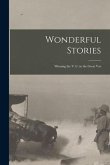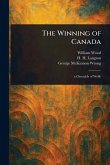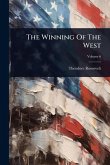This monograph answers the question "What must an encircled unit be provided and do in order to successfully hold?" Following the end of the Cold War and the subsequent drawdown, the United States adopted a military strategy of force projection. Given this new strategy, any future adversary of the United States is likely to attack early to deny the points of entry into the theater. The initial deploying U.S. forces must be prepared to fight and defend these points of entry until relieved or reinforced. The author uses historical examples of encirclements from World War II, Korea, and Vietnam to support lessons learned during a major simulation exercise in which a division had to fight encircled. The report presents the preconditions that an operational commander must set for the encircled unit which are: provide the necessary combat power, apply external pressure on the enemy, maintain air superiority, provide logistical support, and give the tactical commander freedom of action. Then the report takes a systems perspective to analyze the tactical commander's mission using the battlefield operating systems as a tool. The author presents the specific tasks the commander must execute and the concepts that he must consider. If the operational commander does not provide the necessary preconditions for success or the tactical commander does not take a systems perspective when setting up the defense, the encircled unit will fail. This work has been selected by scholars as being culturally important, and is part of the knowledge base of civilization as we know it. This work was reproduced from the original artifact, and remains as true to the original work as possible. Therefore, you will see the original copyright references, library stamps (as most of these works have been housed in our most important libraries around the world), and other notations in the work. This work is in the public domain in the United States of America, and possibly other nations. Within the United States, you may freely copy and distribute this work, as no entity (individual or corporate) has a copyright on the body of the work. As a reproduction of a historical artifact, this work may contain missing or blurred pages, poor pictures, errant marks, etc. Scholars believe, and we concur, that this work is important enough to be preserved, reproduced, and made generally available to the public. We appreciate your support of the preservation process, and thank you for being an important part of keeping this knowledge alive and relevant.
Bitte wählen Sie Ihr Anliegen aus.
Rechnungen
Retourenschein anfordern
Bestellstatus
Storno


